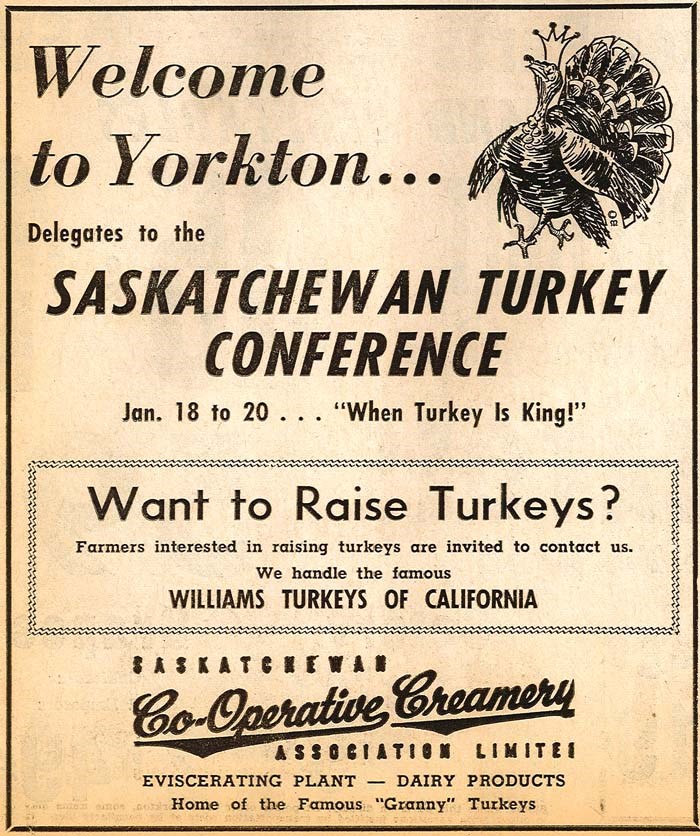On this date in 1967, Yellowknife replaced Ottawa as capital of the Northwest Territories.
The geographic area called the Northwest Territories—or originally the North-Western Territory and, later, North-West Territories, has evolved significantly over Canada’s 150 years and consequently has had seven capitals making it unique among the provinces and territories.
At Confederation, the North-Western Territory covered what is now Yukon, western NWT, northern Alberta and part of northern Saskatchewan. Eastern NWT, the rest of Saskatchewan, Manitoba, northern Ontario and northern Quebec was called Rupert’s Land.
Shortly after Confederation, Britain and the Hudson’s Bay Company ceded Rupert’s Land and the North-Western Territory to Canada. They were merged as the North-West Territories and, in 1869, the Canadian government established Fort Garry as the amalgamated territory’s capital. That, of course, famously led to the Red River Rebellion and the establishment of the area around the Red River Valley, which included Fort Garry, as Manitoba. Fort Garry continued to serve as the capital of the Territories until 1876.
Briefly, Fort Livingstone, a frontier outpost approximately an hour and 20 minutes north of present-day Yorkton, served as capital before the NWT lieutenant-governor decreed the permanent capital should be Battleford, through which it was expected the Canadian Pacific Railway would run.
That only lasted until 1883, however. Through some pretty shady dealings, the CPR line was moved south through Regina and Edgar Dewdney, then lieutenant-governor, moved the NWT capital to Regina as well.
When Saskatchewan and Alberta became provinces in 1905, Ottawa took over governance of the remaining territorial area, which was reduced further by the borders of Manitoba, Ontario and Quebec being pushed north.
In 1911, Ottawa established Fort Smith as administrative capital of the Northwest Territories, but the federal capital maintained legislative control until 1967 when a group of MPs known as the Carrother’s Commission recommended self-government for the North and established Yellowknife as the capital.
This momentous event for the Territories, which took place in Canada’s centennial year, was not even noted by The Yorkton Enterprise in its January 18 or 25 editions or even the February 1 paper.
Sir John A. MacDonald, Canada’s first prime minister and one of the country’s founding fathers, also did not receive much love in Yorkton during the centennial year with only a brief Page 4 mention of a small commemoration of his birthday at Sacred Heart High School January 11.
Perhaps the editors of the day were preoccupied with the Saskatchewan Turkey Conference, which kicked off on January 18, 1967.
The Turkey Conference was a pretty big deal for Yorkton in ’67 bringing 500 producers, consumers and others to the city for the three-day event. Coverage in the paper was extensive, with many advertisers taking the opportunity to welcome the visitors with ads.
Other headlines of the day included a city report indicating building permits for the previous year were at their lowest level in three years and that a jury had found a Preeceville man guilty of attempted murder after he fired seven shots from his rifle into a neighbour’s bedroom window injuring both husband and wife.
In sports, the Terriers had not fared well during a road trip to Alberta losing 14-6 to Red Deer and 9-1 to Calgary.
At the local Shop-Rite store that week, you could get eight ‘tins’ of tomato soup for 89 cents, a 20-lb bag of flour for $1.59, sirloin steak for 95 cents a pound and 10 Texas Ruby Red grapefruits for 79 cents.



